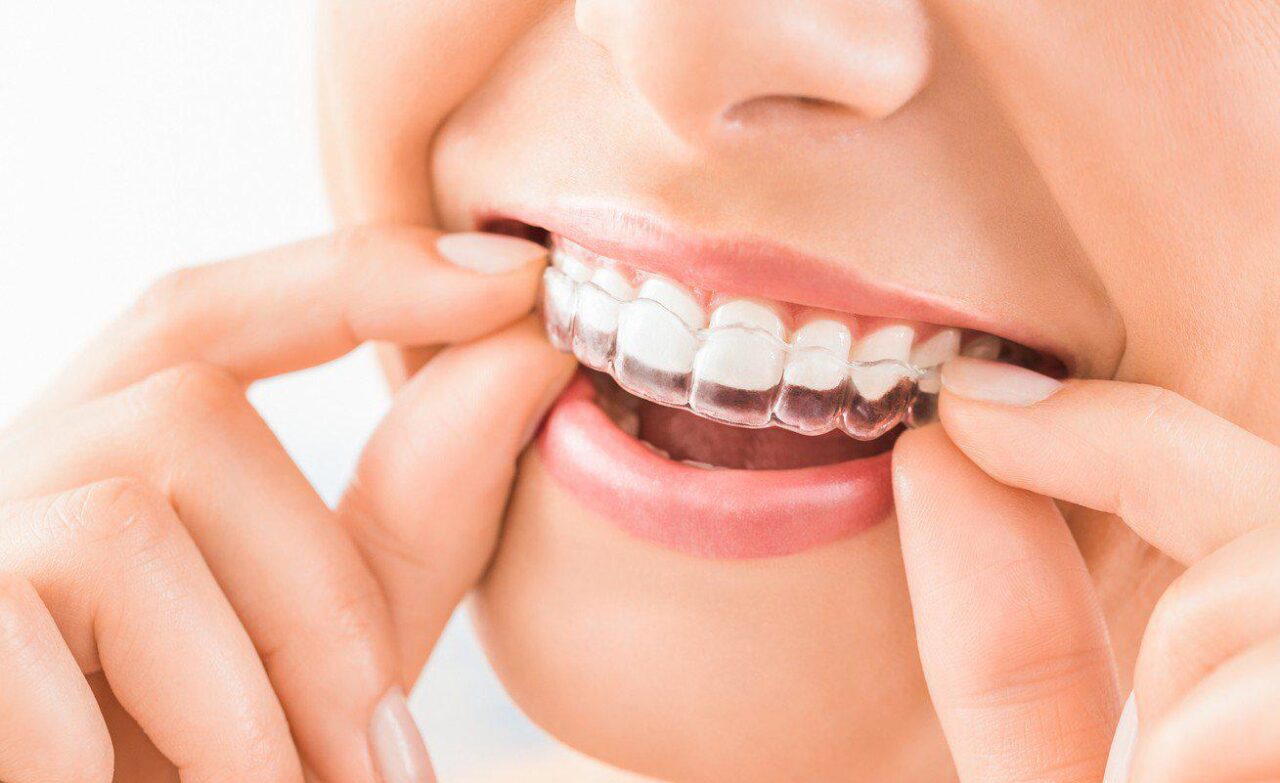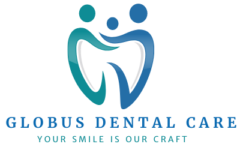Orthodontics
Orthodontics
What is orthodontics and what conditions does it treat?
Are you tired of searching for a reliable orthodontic service provider in Lynn, MA? Look no further! Globus Dental Care is here to offer you the best orthodontic services in town. Our team of experienced orthodontists uses state-of-the-art technology and techniques to ensure you get the best treatment possible.
At Globus Dental Care, we understand the importance of a confident smile. That’s why we offer various orthodontic services that cater to the needs of people of all ages. Our services include traditional braces, clear braces, lingual braces, and Invisalign®. We also provide orthodontic treatments for children, teens, and adults.
Orthodontic Treatments for Children, Teens, and Adults
At Globus Dental Care, we believe orthodontic treatments should be accessible to people of all ages. We provide orthodontic treatments for children, teens, and adults. Our orthodontists are skilled in treating many orthodontic problems, including overbite, underbite, crossbite, crowded teeth, and spacing between teeth.
Why Choose Globus Dental Care for Your Orthodontic Needs?
At Globus Dental Care, we prioritize the comfort and satisfaction of our patients. Our team of experienced orthodontists uses the latest technology and techniques to ensure that our patients get the best results possible. We also provide a welcoming and comfortable environment, so you can feel at ease while undergoing orthodontic treatment. So if you’re looking for a reliable and trusted orthodontic service provider in Lynn, MA, look no further than Globus Dental Care! Contact us today to schedule a consultation and take the first step towards a straighter and more confident smile.

Invisalign
What is Invisalign and what conditions does it treat?
Are you tired of feeling self-conscious about your crooked teeth? Are you looking for a discreet orthodontic solution that won’t affect your daily routine? At Globus Dental Care, we offer the latest clear, removable orthodontics – Invisalign. Our highly-skilled team is dedicated to helping you achieve the smile of your dreams.
Invisalign – A Revolutionary Orthodontic Treatment: Invisalign is an innovative orthodontic treatment that uses clear, removable aligners to straighten teeth. Unlike traditional braces, Invisalign is virtually invisible, making it the perfect choice for people who want to straighten their teeth without anyone noticing. In addition, Invisalign aligners are comfortable to wear and won’t affect your speech or eating habits.
The Benefits of Invisalign at Globus Dental Care: At Globus Dental Care, we believe that orthodontic treatment should be accessible and affordable for everyone. That’s why we offer Invisalign to our patients in Lynn, MA. Here are some of the benefits of choosing Invisalign:
- Clear, virtually invisible aligners
- Comfortable to wear
- Won’t affect speech or eating habits
- Customized to fit your unique smile
- Faster treatment time compared to traditional braces
- Regular monitoring and adjustments to ensure progress
How Does Invisalign Work? At Globus Dental Care, we use advanced technology and 3D imaging to create a customized treatment plan for each patient. We start by taking digital impressions of your teeth, which make a series of clear aligners that gradually shift your teeth into the desired position. Throughout your treatment, you’ll visit our office for regular monitoring and adjustments to ensure your treatment is progressing as planned.
Contact Us
Globus Dental Care
We have an experienced team of dentists in Lynn, MA. Since there are many dental problems that you can have if you are not having the right kind of dental services, you should think of having your teeth cleaned and repaired as early as possible.
